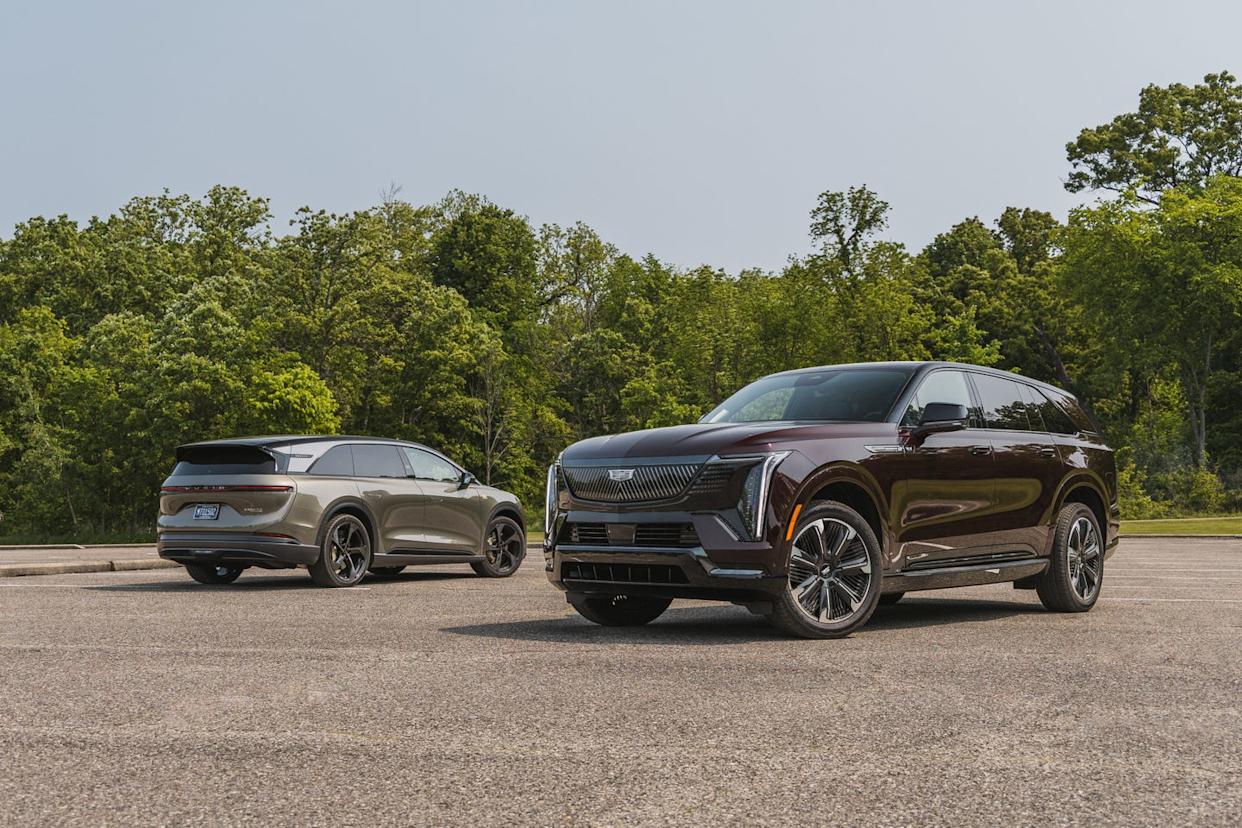
Looking at the pair of them, one wouldn't put them on the same planet, let alone place them in a comparison test together. The 2025 Cadillac Escalade IQ looks positively massive next to the 2026 Lucid Gravity. And it is, stretching more than two feet longer, 3.7 inches wider, and standing up to 11.9 inches taller on what looks like (but isn't) a traditional body-on-frame SUV platform. The Gravity, on the other hand, has the proportions of a crossover, or even a wagon, with a much lower step-in height. Moreover, the Escalade IQ weighs a prodigious 9120 pounds, exceeding the Gravity's mass by one-and-a-half tons.
And yet, both electric SUVs package three rows of seating, offer considerable range, and are priced firmly in the luxury arena, well north of $100,000 as tested. Furthermore, each one has rear-wheel steering to trim its turning radius. And both have dual-motor powertrains with an electric architecture of 800 volts (or more). Each can max out the current crop of 350-kW DC fast-chargers, although the Lucid will go to 400 kilowatts if anyone builds equipment that can deliver that.
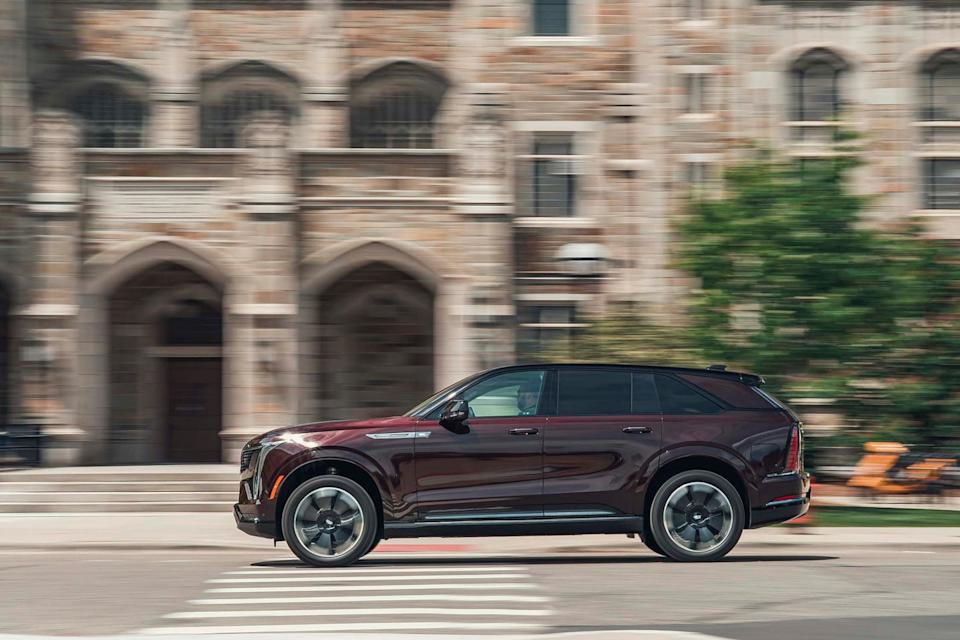
Both the weight and the height differences are due largely to battery size, although packaging and styling factor in as well. The Escalade has a massive underfloor battery that amounts to 205 kWh, and its cells are necessarily stacked two high throughout. This makes the IQ's floor considerably higher, and the overall shape of the thing therefore apes that of the gas-powered Escalade. The Gravity, on the other hand, makes do with a single-layer battery (save for a small portion of double-stacked cells under the front seats) that's sized at just 123 kWh. Lucid has raised the roofline compared to the Air sedan, but it retained the brand's penchant for smart packaging.
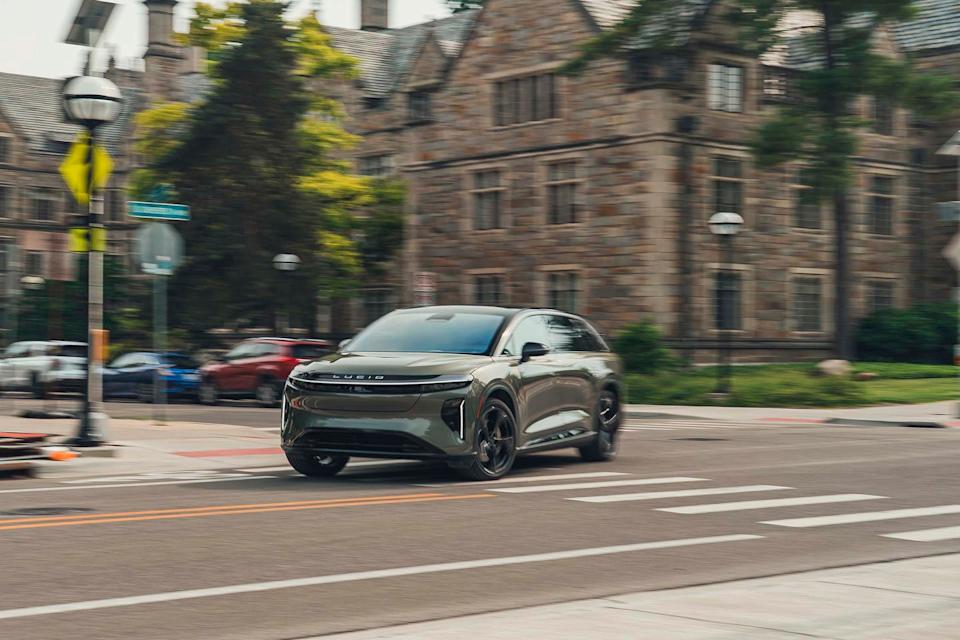
Based on battery capacity, you'd think the range would be wildly different, but the 3020 extra pounds the Escalade is carrying around greatly diminishes the Cadillac's advantage. The Escalade is so heavy ("How heavy is it?") that it's exempt from testing and labeling, meaning the window sticker doesn't list an official EPA range. Cadillac says that it's good for 460 miles. We conducted a 75-mph range test and came away with a 380-mile result. This Lucid, on the other hand, is not exempt from testing and labeling. The Dream Edition carries an EPA estimate of 378 miles (the less powerful Grand Touring version is EPA rated at up to 450 miles). We have yet to conduct a range test on the Lucid.
The Escalade's dual electric motors are good for 750 horsepower, while the similarly configured Gravity Dream Edition is rated at a cool 1070 ponies. Seen against the backdrop of their respective weights, the acceleration mismatch is inevitable. The Escalade gets to 60 mph in 4.5 seconds and crosses the quarter-mile in 13.0 seconds at 109 mph. Considering its tonnage, its top speed is mercifully limited to 112 mph. Meanwhile, the Gravity can let fly with a supercar-like 3.1-second sprint to 60 mph, and it races to 100 mph in 5.9 seconds. It flashes past the quarter-mile mark in 10.6 seconds at 140 mph—quicker than the Escalade can get to 100—and keeps going until it reaches a 160-mph top speed.
Cadillac Escalade IQ Sport 2
HIGHS: Smooth ride despite 24-inch wheels, impressive real-world range, limo-worthy second row.
LOWS: Prodigious curb weight, long stopping distance, big climb up to get in.
VERDICT: A better car to be picked up in at the airport than to drive every day.
How much does this matter in the real world? With the Gravity, if you can think it, you can do it. The Escalade needs a bit more planning. Of course, you also need to turn and stop. Sitting in the Escalade's high perch, you feel the weight of the thing. The Cadillac needs 203 feet to execute a panic stop from 70 mph. If you up the speed to 100 mph, something we don't recommend, it requires a full 455 feet. The Gravity, on the other hand, makes both stops with consummate ease: a full 40 feet shorter than the Caddy at 163 feet from 70 mph and better by a whopping 125 feet at 330 feet from 100 mph. The Escalade does a little better on the skidpad with a fairly normal 0.71 g of grip, but the Lucid still crushes it with a 0.90-g performance.
Both smother the bumps fairly well, with the nod going to the Lucid for greater smoothness over more conditions. True, the Cadillac has the benefit of GM's latest magnetorheological dampers, but these must combat the weight and pressure (61 psi front, 71 psi rear) of the massive 24-inch rolling stock: Michelin Primacy LTX all-season tires sized at LT275/50R-24 at all four corners. The Gravity has three-chamber air springs and Bilstein adaptive dampers, and it rolls on staggered Pirelli P Zero PZ5 Elect PNCS summer tires, sized 265/40R-22 in front and 285/35R-23 in back, all of which run at 42 psi—a much friendlier chassis setup overall.
Getting into the Escalade is a bit weird because the running boards force you to stand tall, then you have to duck in. Once seated, we wished the steering wheel telescoped out a bit more, but it was pleasant enough. But the 55.0-inch dash-spanning screen is the star here. It attempts to be predictive, with a small central screen just below, but it's a bit of a parlor trick, and the look is one-dimensional. The hood looms large out front, and it's tough to see much ahead of you, especially up close. The Gravity is much easier to get into, and the 34.0-inch curved screen ahead is far more reasonably sized. The steering wheel is a squared-off squircle, and it is the home of the mirror and steering-wheel controls, which is not the best solution; neither are the wiper controls in the touchscreen. Ugh. But the view out the front is not unimpeded by the hood, and the impression is one of extremely broad visibility.
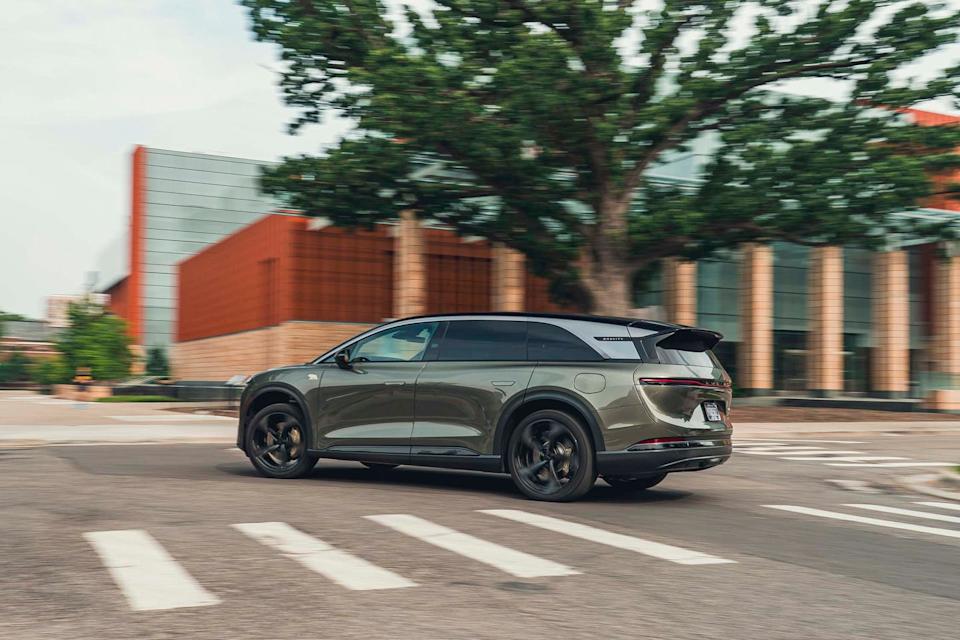
The Cadillac features GM's excellent Super Cruise system, and it works on an ever-increasing number of roads. It'll even execute lane changes when the coast is clear, but we found it weird to have to wave it off when we didn't necessarily want to change lanes. The Lucid has something it calls DreamDrive 2 Pro, which includes driver-monitoring cameras. It works fine for brief moments with your hands off the wheel (for, say, 15 seconds or so), but true hands-free driving is "a few months away," we're told, when an over-the-air update is pushed out.
Both seat seven, but the Gravity has a three-across second row and a two-person third row. The Escalade favors two second-row passengers with a broad console between them, while the third row is crammed with three people. For four occupants, the Escalade gets the nod, but for five or more, it's the Gravity hands down. Even if you limit the Escalade to one or two in the wayback, there isn't nearly as much kneeroom or foot room as in the Gravity's third row. The Lucid offers our 6-foot-2-inch tester all-day comfort, while the Escalade's third row is practically a kids-only affair. Headroom? No problem in either SUV in all seating positions.
Lucid Gravity Dream Edition
HIGHS: Accelerates like mad, well-sorted ride and handling, easy loading and step-in height.
LOWS: Weird squircle steering wheel, some inconvenient controls, hands-free DreamDrive tech not available (yet).
VERDICT: A long-range seven-seat EV doesn't have to weigh four-plus tons.
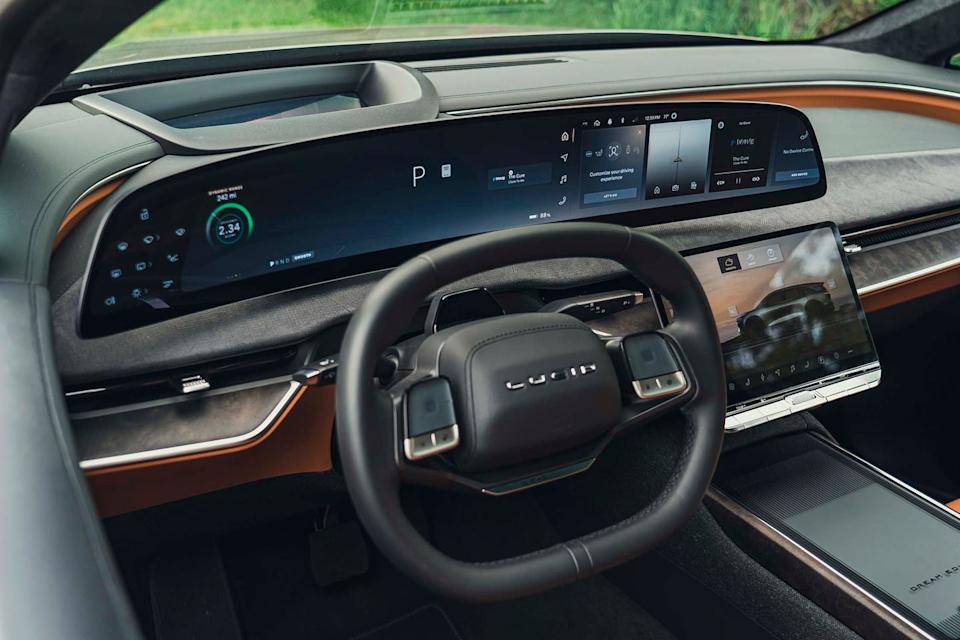
You get a big surprise when you fold the rear seats down for carrying cargo. For one, the Gravity's third row disappears into a well behind the rear axle, minivan-style. The Escalade's just folds forward. Not only is the resulting cargo-loading liftover much lower in the Gravity, but the vertical dimension to the roof is taller. Cargo space behind the second seat unsurprisingly favors the Cadillac by dint of its wider cabin, 69 to 48 cubic feet. It's the same behind the third row (24 cubic feet to 15), and with all the seats folded (119 cubes to 98). Both have sizable frunks. The Escalade's has more volume, 12 cubic feet versus 8, but the low profile of the Gravity's front end makes for a suitable seat for tailgating.
As for price, our Cadillac Escalade IQ was a Sport 2 grade, the most expensive variant, with a starting price of $150,590 (against the base version's $130,090). The Sport 2's extra baubles include a 19.2-kW charger, night vision, an integrated trailer-brake controller, and an AKG Studio Reference 38-speaker audio system. A small handful of options pushed our truck to $154,910. Meanwhile, the Lucid Gravity Dream Edition comes in at $142,050 (well above the base $81,550 Touring model). The Dream Edition comes with everything—there are no options—and that includes a 19.2-kW charger, a tow package, a Surreal Sound 22-speaker audio system that is Dolby Atmos compatible, and a head-up display. Both have heated, ventilated, and massaging front seats, the Lucid’s with 18-way adjustment and the Cadillac's with 16-way.
In the end, it's easy to see the winner here—unless it's parked behind the other competitor in this contest. The Lucid Gravity Dream Edition takes it running away, and not solely because this example costs nearly $13,000 less than our Cadillac. It rides and drives with supreme confidence and agility. And it does so with Lucid's extremely well-honed packaging as well. In the Escalade IQ, you're buying an image, but you're doing so at a cost of 3020 extra pounds and the battery necessary to haul all that weight around. It doesn't make a lot of sense. The Lucid Gravity has that in abundance.
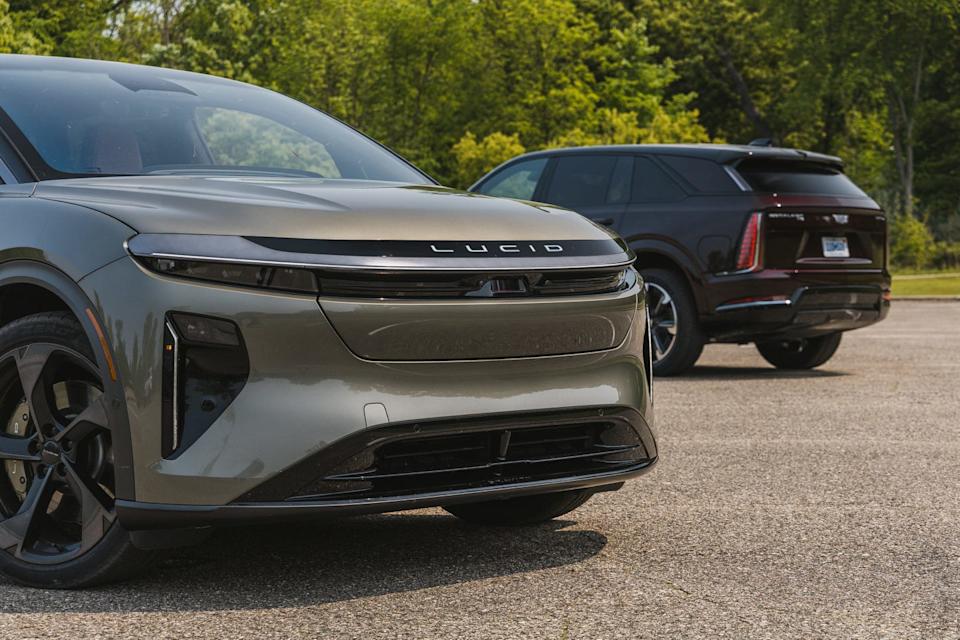
You Might Also Like
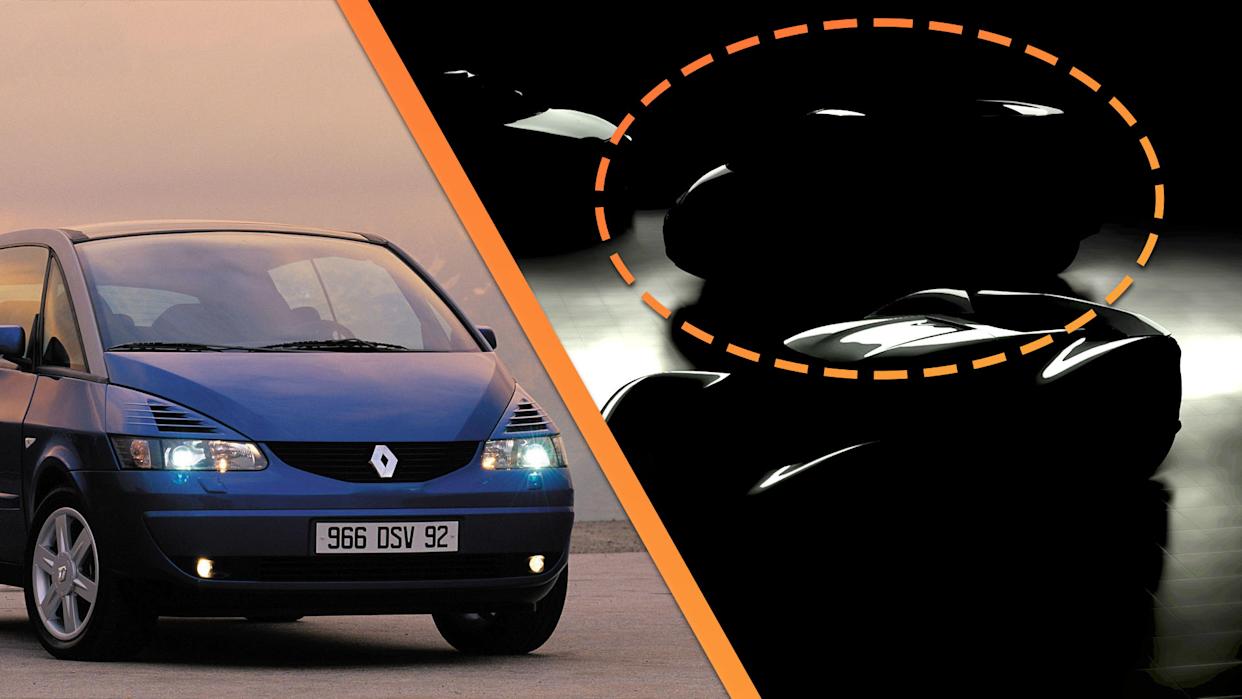
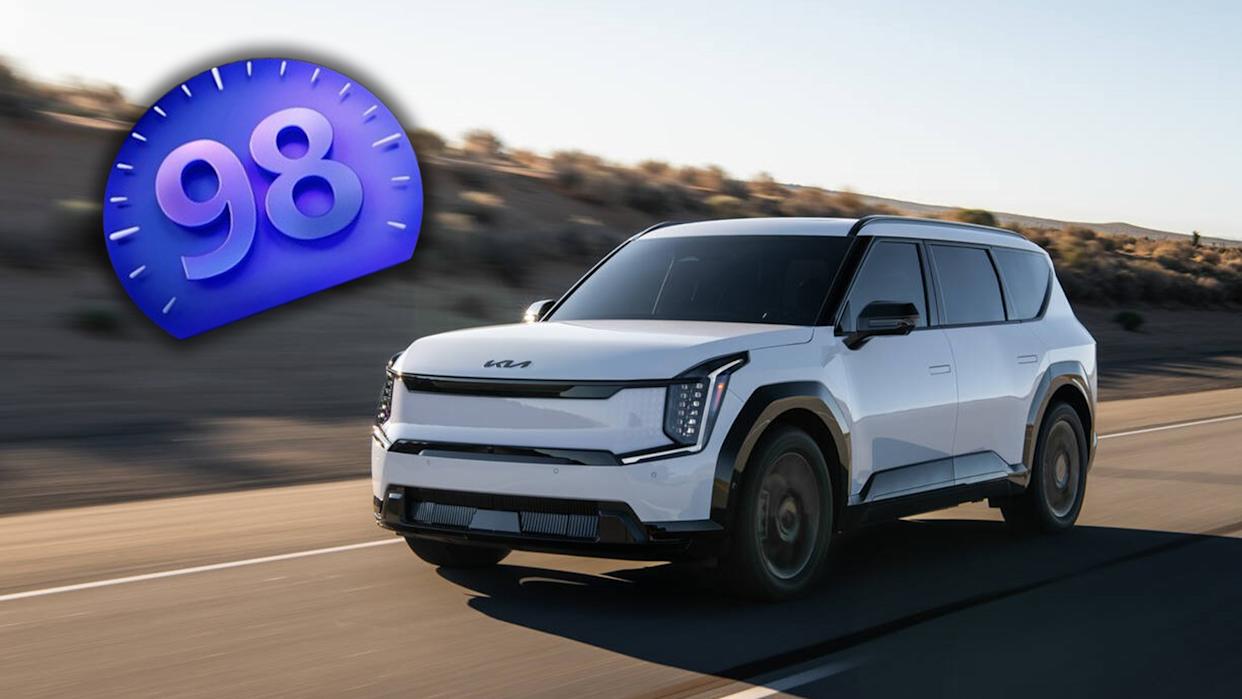


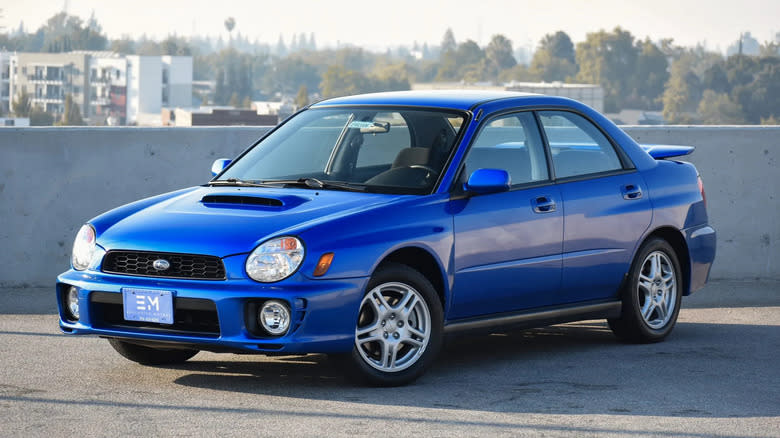
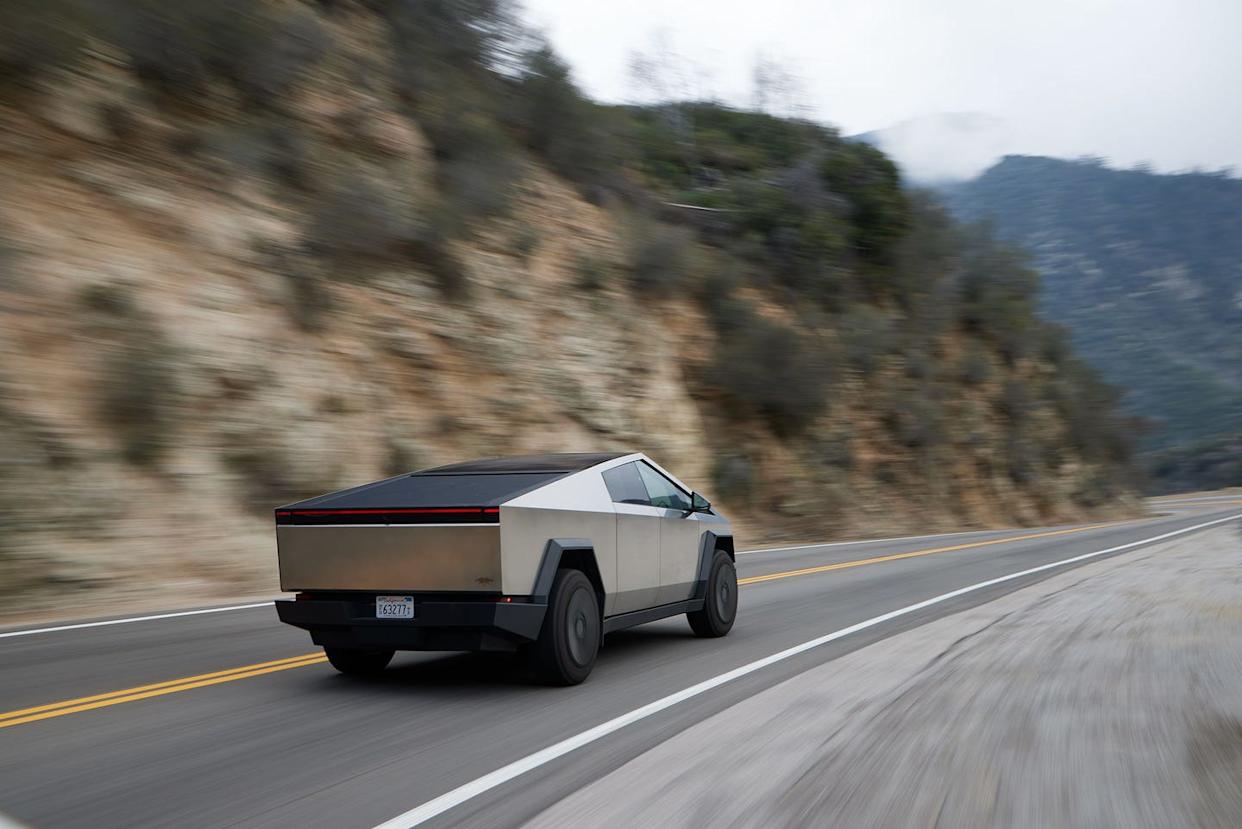
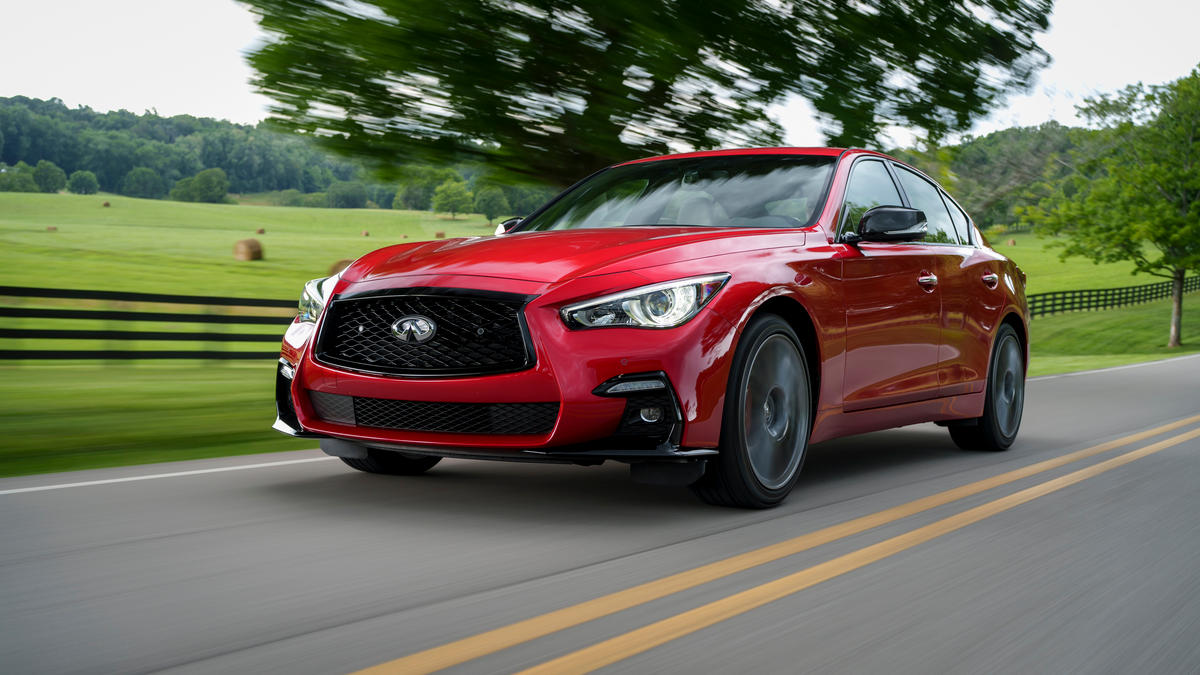
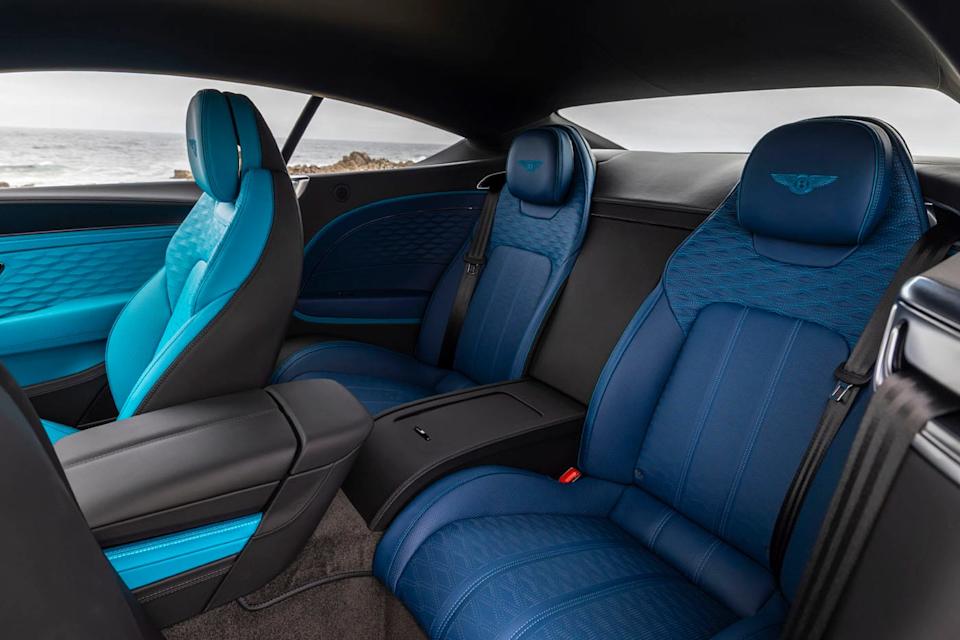
Comments